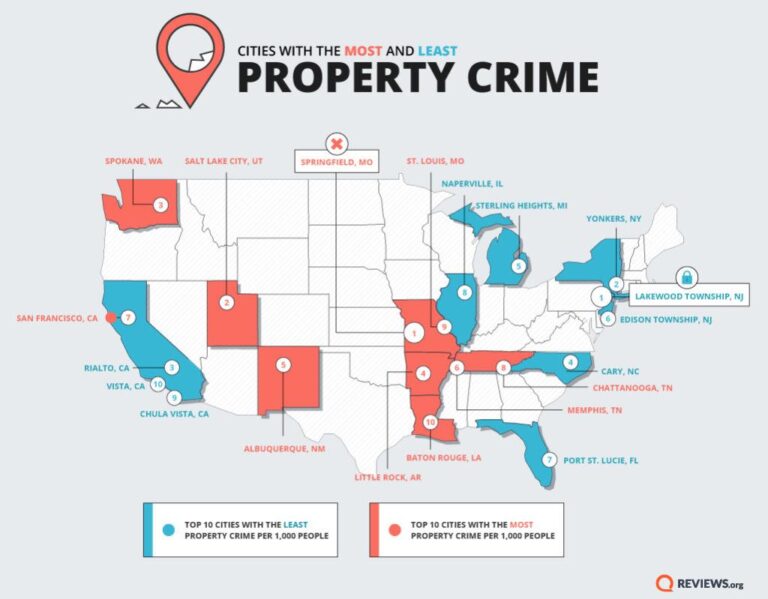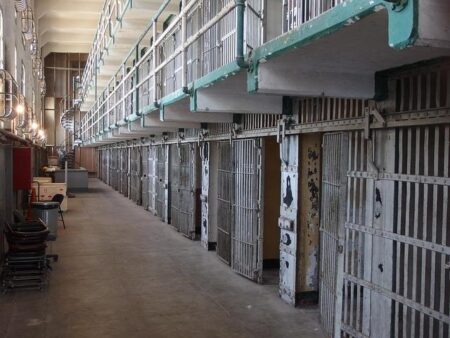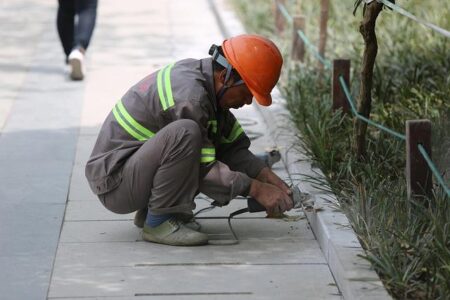Top U.S. Cities with the Highest Property Crime Rates: An In-Depth Analysis
Property crime remains a pressing issue in numerous American cities, affecting the safety, economic stability, and quality of life for countless residents. This article delves into the ten U.S. metropolitan areas currently experiencing the most significant property crime challenges, examining the underlying causes, community repercussions, and innovative strategies being employed to combat these offenses. From vehicle thefts to residential burglaries, gaining insight into these trends is vital for shaping effective public policies and empowering communities.
Examining Urban Centers with Elevated Property Crime Incidences
In recent years, many urban hubs across the United States have witnessed a surge in property-related offenses, including larceny, burglary, and motor vehicle theft. These increases not only threaten individual safety but also strain local economies and public services. Contributing factors often include socioeconomic disparities, high population concentrations, and stretched law enforcement resources. For example, cities like Detroit and St. Louis have reported vehicle break-ins rising by over 15% in the past two years, prompting residents to adopt heightened security measures.
Common challenges faced by inhabitants in these high-crime areas include:
- Frequent car break-ins in public parking lots and street-side areas
- Residential burglaries predominantly in crowded neighborhoods with limited surveillance
- Difficulty recovering stolen property as many items are trafficked through underground markets
In response, municipal authorities are increasingly implementing advanced crime deterrence tactics such as expanding surveillance camera networks, fostering community policing partnerships, and increasing targeted patrols in vulnerable zones to restore public trust and safety.
Primary Drivers Behind Property Crime in Major U.S. Cities
Property crime rates in metropolitan areas fluctuate due to a complex interplay of social, economic, and environmental factors. Economic hardship, particularly in neighborhoods with elevated unemployment and poverty, remains a significant catalyst for theft and burglary. Additionally, urban design elements‚ÄĒsuch as poorly illuminated streets and insufficient community oversight‚ÄĒcreate opportunities for offenders. The effectiveness of policing strategies also varies widely; cities that have embraced community-oriented policing and data-driven resource deployment often see better outcomes compared to those struggling with limited budgets and slow response times.
Demographic trends further influence crime patterns. Cities with transient populations, including large student bodies or seasonal workers, tend to experience higher property crime rates due to weaker neighborhood cohesion and increased anonymity. Meanwhile, advancements in security technology, such as smart home systems and AI-powered surveillance, are beginning to shift the landscape of crime prevention.
- Economic inequality and joblessness exacerbate motivations for property offenses
- Urban infrastructure and lighting impact the likelihood of criminal activity
- Law enforcement tactics and resource allocation affect deterrence and reporting
- Population turnover and social fragmentation reduce community vigilance
- Adoption of security technologies enhances prevention and evidence gathering
| Factor | Effect on Property Crime |
|---|---|
| Socioeconomic Disparities | Increase crime risk due to financial stress and limited opportunities |
| City Planning and Lighting | Poorly lit or isolated areas facilitate criminal acts |
| Policing Approaches | Influence crime prevention and community trust |
| Demographic Mobility | Weakens neighborhood bonds, increasing anonymity |
| Security Innovations | Improve detection and deter potential offenders |
How Property Crime Affects Communities and Public Safety
High property crime rates can deeply undermine the social cohesion and economic health of affected neighborhoods. Residents often report feeling unsafe, which can diminish community engagement and trust in local institutions. Businesses face increased expenses related to security upgrades and inventory losses, sometimes resulting in closures that reduce employment opportunities and economic vibrancy. Public safety agencies and community groups frequently operate under resource constraints while striving to address these complex issues.
- Neighborhood safety programs: Initiatives like community watch groups and enhanced policing foster collaboration and vigilance.
- Economic revitalization efforts: Incentives and support for local businesses help stabilize and rejuvenate impacted areas.
- Educational outreach: Crime prevention workshops and youth engagement programs contribute to long-term reductions in offenses.
| Community Challenge | Intervention | Outcome |
|---|---|---|
| Erosion of Trust | Neighborhood Watch Programs | Moderate Improvement |
| Business Security Concerns | Installation of Advanced Security Systems | Significant Reduction in Losses |
| Youth Exposure to Crime | After-School and Mentorship Programs | Notable Improvement |
While enhancing surveillance and increasing patrols can deter criminal activity, these measures sometimes spark debates over privacy rights and potential profiling. Sustainable progress requires inclusive strategies that engage residents, policymakers, and law enforcement in transparent dialogue and cooperative action to build resilient, secure communities.
Proven Approaches to Mitigate Property Crime
Active community participation is essential in lowering property crime rates. Neighborhood watch initiatives empower residents to observe and report suspicious behavior, fostering a collective sense of responsibility. Police departments often partner with local leaders to conduct educational sessions on securing homes and valuables. Additionally, improving public lighting and maintaining clean, well-kept communal spaces discourage criminal acts by increasing visibility and community pride.
Technological advancements are revolutionizing crime prevention. Cities are deploying AI-enhanced surveillance cameras capable of detecting unusual activities in real time. Crime mapping software enables law enforcement to identify and focus on high-risk areas proactively. When combined with targeted policing and policies addressing root causes‚ÄĒsuch as affordable housing shortages and economic inequality‚ÄĒthese multifaceted efforts are critical to achieving lasting reductions in property crime.
Final Thoughts
As property crime continues to challenge urban communities nationwide, recognizing the cities most affected and understanding the complex factors at play is vital for residents, officials, and law enforcement agencies. The insights shared here highlight the importance of informed, collaborative approaches to enhance safety and quality of life. Staying engaged and proactive remains key to fostering secure neighborhoods and curbing property crime trends. For ongoing updates and comprehensive analysis, continue following our coverage.




